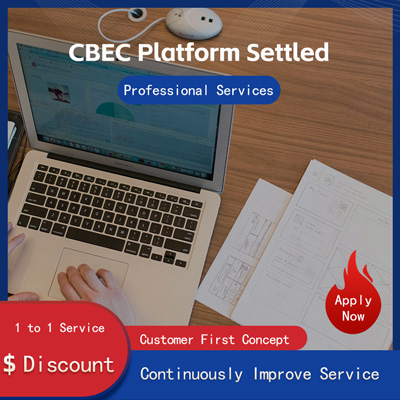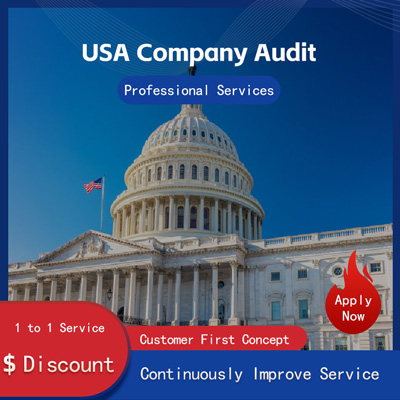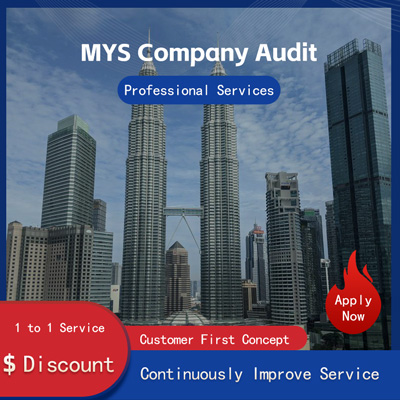
US Company Registration In-Depth Analysis of Subscribed and Paid-Up Capital
American Company Registration A Deep Dive into Subscribed Capital and Paid-in Capital
In the United States, starting a business involves several legal and financial considerations, with one of the most crucial aspects being how capital is structured within the company. Two key terms that often come up in this context are subscribed capital and paid-in capital. These concepts are essential for understanding how companies manage their finances and fulfill their obligations to stakeholders.

Subscribed capital refers to the total amount of capital that shareholders have agreed to invest in a company. This agreement is typically outlined in the company's founding documents or during the initial stages of its formation. When investors subscribe to shares, they commit to providing funds at a later date, which could be when the company needs additional capital or at specific intervals as determined by the company's board of directors. For example, a startup might require initial investments from venture capitalists who agree to contribute millions of dollars over time. This subscribed capital represents the potential financial resources available to the company, even if it has not yet been fully received.
On the other hand, paid-in capital refers to the actual amount of money that shareholders have already contributed to the company. This is the portion of the subscribed capital that has been received by the company and recorded in its accounts. Paid-in capital is critical because it reflects the company's current financial health and ability to meet operational expenses and debt obligations. For instance, a publicly traded company might issue shares to the public, and the proceeds from these sales would constitute part of its paid-in capital. The distinction between subscribed and paid-in capital becomes particularly important during fundraising rounds or when a company issues new shares to raise additional funds.
The relationship between these two forms of capital can significantly impact a company's operations and growth strategy. A company with high subscribed capital but low paid-in capital may face challenges in executing its business plan if it cannot secure timely investments. Conversely, a company with substantial paid-in capital can enjoy greater flexibility in pursuing expansion opportunities or weathering economic downturns. It is also worth noting that the difference between subscribed and paid-in capital can affect a company's creditworthiness and investor confidence.
Recent news has highlighted the importance of understanding these concepts in real-world scenarios. In 2024, a tech startup in Silicon Valley announced plans to raise $50 million in subscribed capital through a series of private placements. While this announcement generated excitement among potential investors, it also sparked discussions about the company's ability to convert this subscribed capital into paid-in capital quickly enough to sustain its rapid growth trajectory. Industry analysts pointed out that while the subscribed capital represented significant future potential, the company needed to demonstrate strong execution capabilities to ensure that its paid-in capital matched expectations.
Another interesting case involved a well-established manufacturing firm that recently issued additional shares to raise $100 million in paid-in capital. The move was aimed at modernizing its production facilities and expanding its market reach. This example underscores how paid-in capital can be strategically utilized to drive long-term growth and innovation within an organization. Investors closely monitor such developments, as they provide insights into the company's commitment to reinvesting profits into its future success.
From a regulatory perspective, both subscribed and paid-in capital play vital roles in ensuring transparency and accountability. The Securities and Exchange Commission SEC requires companies to disclose detailed information about their capital structure, including the breakdown between subscribed and paid-in capital. This requirement helps protect investors by providing them with accurate data to make informed decisions. Furthermore, accounting standards such as Generally Accepted Accounting Principles GAAP mandate rigorous reporting practices to ensure consistency and reliability in financial statements.
For entrepreneurs and small business owners, grasping these concepts is equally important. A survey conducted by the Small Business Administration SBA found that many new ventures struggle initially due to misunderstandings about how to manage their capital effectively. By clearly distinguishing between subscribed and paid-in capital, businesses can better allocate resources, optimize cash flow, and maintain healthy relationships with investors. Additionally, understanding these terms enables entrepreneurs to communicate more confidently with stakeholders, whether they are seeking funding or negotiating partnerships.
In conclusion, the distinction between subscribed capital and paid-in capital is fundamental to the functioning of any American company. While subscribed capital represents the promised financial support from shareholders, paid-in capital reflects the tangible contributions made to the company. Both elements are integral to a company's financial stability and growth prospects. As demonstrated by recent events in the business world, mastering these concepts empowers organizations to navigate challenges, seize opportunities, and build sustainable futures. Whether you're launching a startup or managing an established enterprise, a solid understanding of subscribed and paid-in capital is indispensable for success in today's competitive marketplace.
Still have questions after reading? More than 98,000 users have contacted us. Please fill in the following information to obtain business information.

Previous Article
Acquiring US Companies Comprehensive Analysis of Approval Process & Key Considerations
Apr 12, 2025Service Scope
MoreRecommended for You
- Eligibility Costs for Registering a U.S. Company in Guangzhou A Guide to Kickstart Your Global Business Journey!
- From GZ to US Step-by-Step Guide to Registering a US Company
- Full Process Analysis of Registering a U.S. Company in Zhanjiang
- Easy U.S. Company Registration A Comprehensive Guide Practical Tips
- A Complete Guide to Starting a Business in the U.S. A Step-by-Step Manual for Smooth Registration and Operations
- Register a Consulting Company in the U.S. Kickstart Your Business Dream!
- Conditions Steps to Register a U.S. Business Master the Key to Startup Success
- Unveiling US Company Registration Requirements Fueling Your Entrepreneurial Journey!
- Basic Requirements for Registering a Company in the U.S. You Must Know!
- Key Insights into U.S. Company Registered Capital and Authorized Capital Core Aspects and Impacts
- Super Easy to Register a US Company in Dongguan! One-Stop Service to Smooth Sailing
- Guide to Searching Company Registration Info in Delaware, USA
- How to Calculate US Company Registration Fees? Detailed Analysis and Cost Breakdown
- Want to Start a Business in the U.S.? These Registration Locations You Must Know!
- Guide to Registering a U.S. Company Detailed Process and Key Considerations
- Guide to Opening a Singapore Account How Individuals Can Easily Manage Cross-Border Wealth?
- Ultimate Guide to Opening a Singapore Offshore Account A Step-by-Step Handbook with Key Considerations
- Swiss Bank Singapore Pioneering a New Era in Wealth Management
- Ultimate Guide to Registering a U.S. Company Start Your Business Smoothly
- A Complete Guide on How US Companies Can Smoothly Open a Digital Bank Account in Singapore


 ONE
ONE








Customer Reviews
Small *** Table
December 12, 2024The experience was very good. I was still struggling to compare it with other companies. I went to the site a few days ago and wanted to implement it as soon as possible. I didn't expect that everything exceeded my expectations. The company is very large, with several hundred square meters. The employees are also dedicated and responsible. There is also a wall of certificates. I placed an order on the spot. It turned out that I did not make a wrong choice. The company's service attitude is very good and professional. The person who contacted me explained various things in detail in advance. After placing the order, the follow-up was also very timely, and they took the initiative to report the progress to me. In short, I am very satisfied and recommend this company!
Lin *** e
December 18, 2024When I first consulted customer service, they recommended an agent to me. They were very professional and patient and provided excellent service. They answered my questions as they came in. This 2-to-1 service model is very thoughtful. I had a lot of questions that I didn’t understand, and it’s not easy to register a company in Hong Kong. Fortunately, I have you.
t *** 7
December 19, 2024I originally thought that they only did mainland business, but I didn’t expect that they had been doing Hong Kong business and were doing very well. After the on-site interview, I decided to ask them to arrange the registration of my Hong Kong company. They helped me complete it very quickly and provided all the necessary information. The efficiency was awesome. It turns out that professional things should be done by professionals.👍
b *** 5
December 16, 2024In order to register a company in Hong Kong, I compared many platforms and stores and finally chose this store. The merchant said that they have been operating offline for more than 10 years and are indeed an old team of corporate services. The efficiency is first-class, and the customer service is also very professional.